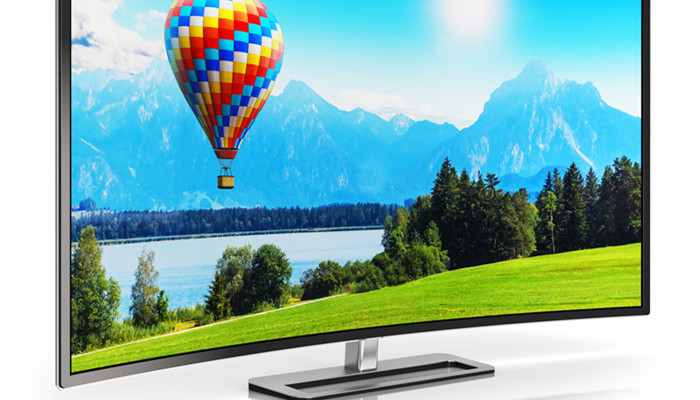
The demand for hole transport materials (HTL) continues to increase, and the level of localization in the Chinese market is expected to continue to improve.
In recent years, against the background of the rapid development of the domestic OLED panel market and the continuous upgrading towards large size, the demand for OLED terminal materials continues to increase. The domestic OLED panel market shipments in 2022 will be approximately 180 million pieces, a year-on-year increase of approximately 23%. OLED terminal materials refer to organic materials that can be directly evaporated onto the substrate for the production of OLEDs. They are also called organic light-emitting materials. They mainly consist of electron injection layer (EIL), light-emitting layer (EML), hole transport layer (HTL), Composed of materials such as hole injection layer (HIL), the domestic OLED terminal material market size will reach 4.93 billion yuan in 2022, a year-on-year increase of 17%.
Hole transporting material, namely Hole Transporting Layer, referred to as HTL, is one of the subcategories of OLED terminal materials and one of the core constituent materials of OLED panels. HTL is part of the common layer of the Electron Hole in the OLED panel. In the OLED panel, it mainly plays the role of improving the balance of hole injection and transmission of the device, and improving the efficiency and life of the device.
As the core material of OLED panels, HTL must have the characteristics of high mobility, high thermal stability, high glass transition temperature, good film formation and solubility. There are two main categories of commonly used HTL materials, namely small molecule HTL materials containing pyrazolines, triarylamines, carbazoles, butadienes, styrene compounds, etc., and triarylamine polymers, Polymer HTL materials such as polystyrene and polyvinylcarbazole.
HTL technology and patent barriers are relatively high. Currently, the domestic market is dominated by leading international companies that started earlier and have more complete patent layouts, including Germany’s Merck, Japan’s Nippon Steel, Japan’s Toray, etc. However, in recent years, against the background of the rapid development of the downstream OLED panel market, the increasing demand for HTL is attracting domestic companies to accelerate their entry.
According to the“Hole Transport Materials (HTL) Industry Market In-depth Research and Investment Prospects Forecast Analysis Report 2023-2028” released by the Industrial Research Center It shows that there are currently domestic companies such as Wright Optoelectronics, Huaxing Optoelectronics, OLED Optoelectronics, Tianma Microelectronics, Alpha Keyin Technology, Lvpu Optoelectronics New Materials, Oupuco Display Technology, and Delongtai Chemical Industry. , Maipu Digital Technology and other companies are deploying in the HTL market. In the future, as local companies continue to improve their technology and accelerate their research and development processes, my country’s HTL localization level is expected to continue to improve.
Industry analysts said that HTL (hole transport material) is one of the core materials of OLED panels. Against the background of the rapid development of the domestic OLED panel market, its market demand continues to increase, and the industry shows good development prospects. At the same time, driven by the continued growth of demand, the number of companies in my country’s HTL R&D and production fields is constantly increasing. In the future, as local companies continue to make technological breakthroughs and strengthen their competitiveness, the localization of the domestic HTL market is expected to continue to improve, and the overall development trend of the industry For the better. In addition, HTL is an important type of electronic material with a wide range of applications. In addition to being used in OLED panels, it can also be widely used in organic semiconductor devices, photovoltaic cells and other fields.

 微信扫一扫打赏
微信扫一扫打赏

